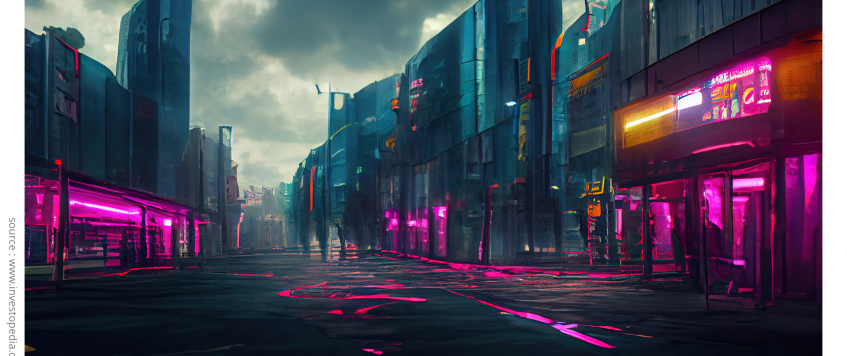-
13
Jan
How Can VR Help Businesses Grow?
Virtual reality allows businesses to reach out and connect to their potential customers beyond traditional media like TV and magazine ads, presenting limitless opportunities for promotion.
Given that customers’ needs and expectations are constantly evolving, virtual reality technology, or the latest technologies, in general, can help bridge the gap and allow brands to have the means to address their customers’ changing pain points.
Through virtual reality marketing, businesses can create branded digital worlds where they can showcase their products or services. Brands can offer digital experiences in lieu of physical ones. This allows consumers to virtually experience a product or service, taking it for a virtual spin in the comfort of their own homes. By building a realistic digital environment, you’re allowing consumers to interact with your brand, which can help with brand awareness and retention.
Using VR to tell your story
Traditional media like TV and films are great storytelling mediums. However, VR takes storytelling capabilities a step further.
Businesses can use VR to tell their BRAND STORIES and market their solutions in a more engaging way. For example, the New York Times used virtual reality to tell the story of how wars affect children in the displaced.
Through this multimedia experience, users were given an in-depth look into the devastation caused by wars and what it’s like to be a child displaced by such life-changing events. The experience allowed the NYT’s readers to see what’s really happening, making VR and the documentary potent storytelling mediums that provide not only emotional intensity for readers but also a connection with the brand.
Additionally, you can use VR to create novel experiences that allow consumers to view your company in a new light. For example, you can use virtual reality to take customers on a virtual tour of your facility, giving them a rare, intimate glimpse of what goes on behind the scenes. You can show them how you work or what goes on during the design or product development process. This gives a more human angle to your brand and what you’re doing, while helping establish trust and transparency, which can encourage brand loyalty among customers.
Furthermore, because VR tracks a user’s movements, companies can use this to find out how customers might interact with their brands or products in real-world settings. VR can be a valuable resource for data, allowing marketers to create more compelling brand stories.
Creating more memorable experiences
Virtual reality helps consumers better visualize your products and how they can add value to their lives. Instead of merely looking at samples, consumers can use VR to access a digital environment that you’ve curated, allowing you to showcase what you have to offer in real time and how it can potentially be a solution to their needs.
With VR, you can build immersive worlds that provide your target audience with memorable experiences, which can help convert them into warm leads or loyal customers.
Putting the fun in advertising
Traditional ads can get boring fast. They don’t create memorable experiences and some ads, such as pop-ups, can feel spammy and even drive away potential customers.
Volvo, for example, leveraged VR to showcase the Volvo XC90. Through the Volvo Reality app, users can enjoy a virtual reality test drive of the model and get a firsthand look at the car’s interiors.
While it’s not exactly using VR technology, Sony’s latest marketing effort with the Morbius 3D billboard in Milan is a good example of how innovative tech can push the boundaries of advertising and reinvent consumer experiences.
While the potential of VR in ads hasn’t yet been fully explored, brands can still incorporate the technology to create better, more memorable experiences for their target audience.
Showcasing your products in a new light
How can you communicate to potential customers that your product is the best solution for their needs? With VR, you can show customers exactly how your product or service can be a part of the solution.
One of the best examples here is Ikea’s Ikea Place app, which lets users try out true-to-scale 3D models of Ikea products and see how a particular piece could work in a given space. The VR-based app allowed Ikea to make solutions more accessible to its clients, allowing them to virtually try out a product before making a purchase.
Virtual reality is an impactful tool that can drive real results when done right. It can help businesses stand out from the competition, while letting them stay at the forefront of the latest innovations. By becoming early VR adopters, businesses can stay relevant in light of recent technological developments.
Relevent Articles : VR MARKETING, VIDEO MARKETING, BRANDING
